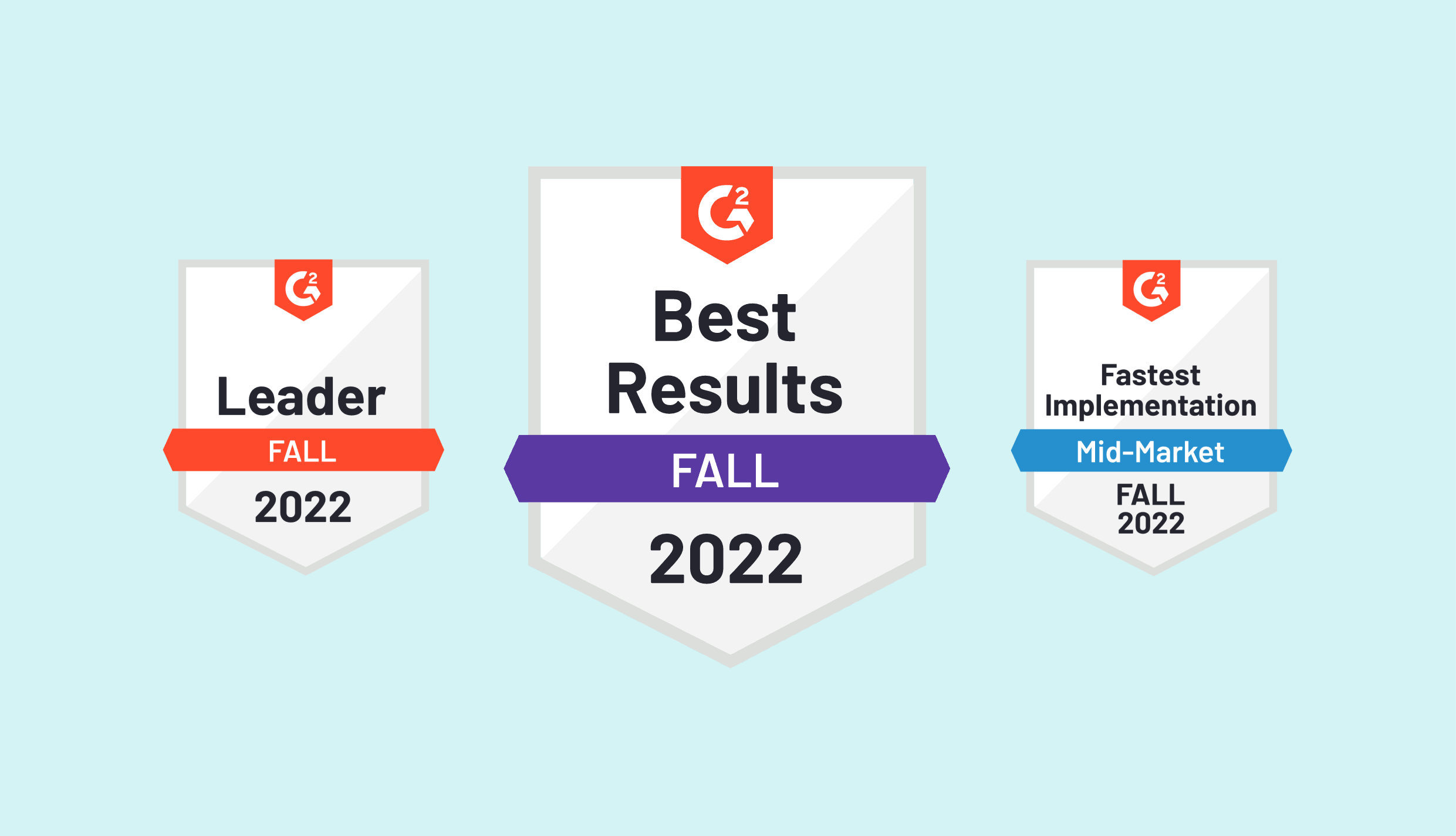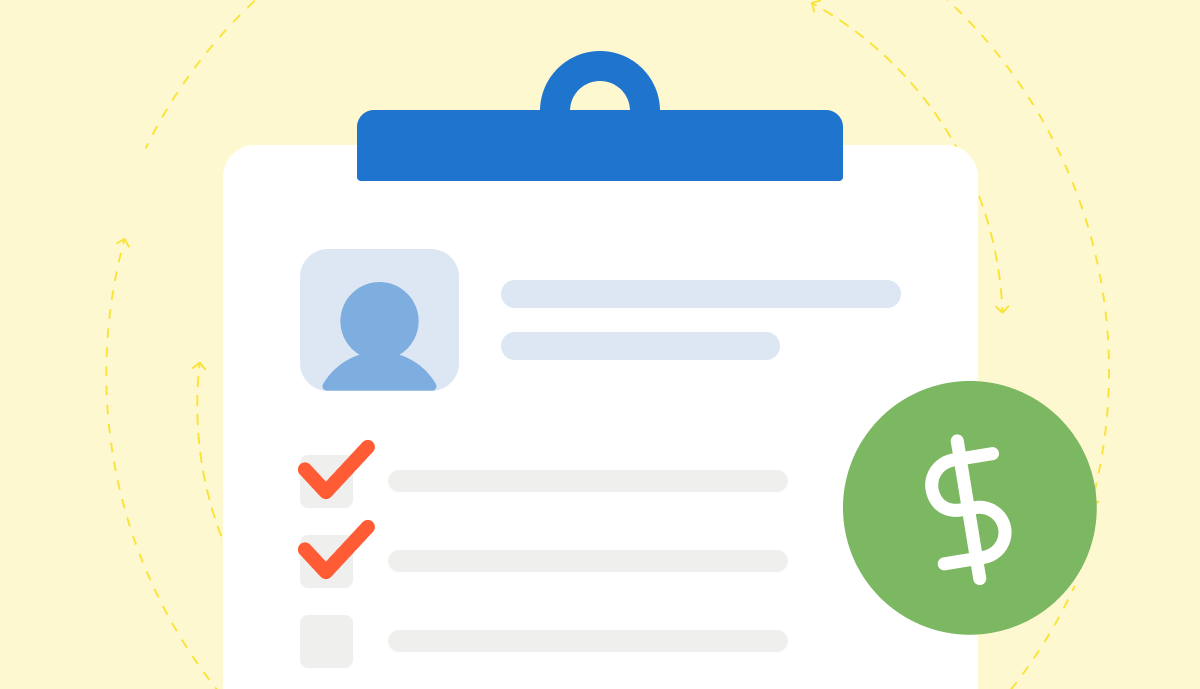The professional services industry was dramatically reshaped by the far-reaching effects of the COVID-19 pandemic. Amidst these challenges, the Employee Retention Credit (ERC) has emerged as a pivotal program with the potential to provide vital financial support.
Understanding ERC, while perhaps overwhelming, is now paramount for professional services businesses. In this blog, we’ll be recapping the key advice and helpful information given by two industry pros from Stratego Partners during a recent webinar, Understanding Employee Retention Credit (ERC) Qualification: Common Misconceptions & Opportunities.

The Latest From the IRS
On September 14, 2023, the IRS announced that they won’t be processing new ERC submissions until the end of 2023. Claims that have already been submitted will still be processed, but it might take longer. The IRS has expressed concerns about a few things. They’re worried about marketers making unrealistic promises about ERC benefits, the lack of proper documentation to support a company’s ERC eligibility and calculations, the absence of co-signatures on certain forms, not following the rules for PPP loan forgiveness, and fraudulent ERC claims. This is especially important because there have been significant issues with fraudulent PPP loan applications in the past.
ERC Eligibility
The ERC program was initiated under the March 2020 CARES Act to provide financial relief to businesses. In its initial implementation, the 2020 ERC was made available to businesses with a workforce ranging from 5 to 100 W-2 employees. To qualify, businesses had to demonstrate a substantial impact from the COVID-19 pandemic, along with a reduction in revenue when comparing each quarter of 2020 to the corresponding quarter in 2019.
Recognizing the ongoing challenges posed by the pandemic, the ERC was expanded in 2021 to encompass a broader range of businesses, now including those with up to 500 full-time W-2 employees. To access this crucial financial support, eligible businesses are required to amend their quarterly Form 941 filings from both 2020 and 2021. Once qualified, these businesses receive their ERC payments directly from the IRS, helping them navigate the economic uncertainties brought about by the pandemic.
ERC Highlights
- The Employee Retention Credit program offers varying maximum benefits depending on the year and specific criteria. In 2020, the maximum ERC per employee was capped at $5,000. This was calculated as 50% of the first $10,000 in W-2 compensation.
- The ERC for 2021 was significantly enhanced, with a maximum potential benefit of $21,000 per employee. This amount was divided into $7,000 per employee for each of the first three quarters (Q1, Q2, and Q3). To determine this credit, 70% of the first $10,000 in W-2 compensation was used as the basis.
- For employees whose W-2 compensation falls below the designated limit, businesses have the opportunity to augment their ERC calculations by including employer-paid health insurance and retirement costs as eligible expenses.
- To take advantage of the ERC, eligible businesses are required to file amended quarterly Form 941s within three years of the original 941 filing date, ensuring compliance with IRS regulations and facilitating the receipt of these vital financial benefits.
Required ERC Documentation
To successfully qualify and apply for the Employee Retention Credit, businesses need to compile a comprehensive set of documents and reports. Here’s an overview of the essential documentation required:
Quarterly Revenue Summary: Businesses must provide a detailed quarterly revenue summary by business segment, comparing their baseline figures from 2019 to the corresponding quarters in both 2020 and 2021. This comparison helps demonstrate the impact of the COVID-19 pandemic on their revenue.
Quarterly 941 Filings: Original quarterly Form 941 filings for both 2020 and 2021 should be included. If applicable, any amended filings (941-X’s) should also be submitted to reflect accurate payroll and tax information.
Payroll Summaries: Detailed payroll summaries by employee for each quarter in 2020 and 2021 are crucial. These summaries should align with the W-2 compensation reported on the original 941 filings, ensuring accuracy and consistency.
PPP Loan Documentation: If the business applied for and received a Paycheck Protection Program (PPP) loan, the application and any loan forgiveness documents should be part of the documentation. It’s essential to show how PPP funds were utilized in conjunction with ERC benefits.
Qualification Report: A comprehensive qualification report is vital. This report should encompass quarterly ERC calculations, illustrating how the credit was computed each quarter. Additionally, it should outline the impact of the COVID-19 pandemic on the business, detailing how it affected operations, revenue, and employee retention.
Other things to document and keep in mind:
- Did one or two more than nominal revenue segments show a decline?
- Did you incur any specific expenses or costs in order to deal with COVID-19?
- Were any industry trade shows, conferences, etc. canceled or changed to virtual?
- Was travel to/by customers impacted?
- Were sales or operations impacted by local, state, or federal orders?
- Did COVID-19 require a change in how you engage with customers?
- Were warehouse and distribution operations impacted?
- Were any key suppliers impacted or supply chain disruptions incurred?
Key Dates You Should Know: ERC Timeline
It’s important to keep in mind that ERC payments from the IRS are expected to take between 8 to 10 months. By adhering to this timeline, you enhance the likelihood of timely access to the financial relief offered through the ERC program.
Here’s a schedule to guide your actions:
October 2023: File the amended 941-X for the third quarter of 2020. This initial step sets the foundation for documenting your ERC eligibility for the previous year.
January 2024 or Sooner: Promptly proceed to file the amended 941-X for the fourth quarter of 2020. Early submission allows for efficient processing and positions you to receive ERC benefits more swiftly.
April 2024 or Sooner: File the amended 941-X for the first quarter of 2021 without delay. Timely submissions help ensure that your ERC qualification for this period is accurately documented.
July 2024 or Sooner: Don’t wait to file the amended 941-X for the second quarter of 2021. This proactive approach maximizes your chances of receiving the anticipated ERC payments.
October 2024 or Sooner: File the amended 941-X for the third quarter of 2021 ahead of schedule. This final submission completes the comprehensive documentation of your ERC eligibility.
Misconceptions About the ERC
It’s not too late to explore ERC opportunities for your business but it’s important to keep in mind the program’s evolving criteria. Consult with professionals, and approach it with a clear understanding of its requirements and limitations.
- Missed Opportunities: While you may have concerns about missing out on ERC due to your business’s growth during the pandemic, it’s essential to reevaluate eligibility criteria. The ERC program evolved, offering potential eligibility even for businesses that didn’t initially experience significant disruption.
- Quarterly Eligibility: Remember that ERC eligibility is determined quarterly, so your business may qualify for some quarters even if not for others. Review your financial data for each quarter to assess eligibility accurately.
- Scam Warnings: Be cautious of scam warnings related to ERC. To ensure you’re accessing legitimate information and resources, rely on official IRS guidelines and consult with trusted tax professionals or financial experts.
- Million-Dollar Payments: While ERC provides significant support, it’s important to note that payments are based on specific percentages of eligible wages and compensation, with per-employee caps. Be wary of promises that sound too good to be true, such as million-dollar payments.
Want to hear more about this topic? Listen to the full webinar below.

About BigTime Software
BigTime takes the guesswork out of utilization, capacity planning, and project profitability while driving operational efficiency for professional services organizations. Our award-winning Professional Services Automation (PSA) software provides project planning, budgeting, time and expense tracking, and invoicing, all backed by powerful reporting and analytics. We help accountants, architects, engineers, IT services firms, and management consultants budget, track, and bill their most important asset: time. To see why thousands of growing professional services organizations rely on BigTime’s cloud-based software to more easily manage their businesses and effectively plan for tomorrow, request a demo today.




